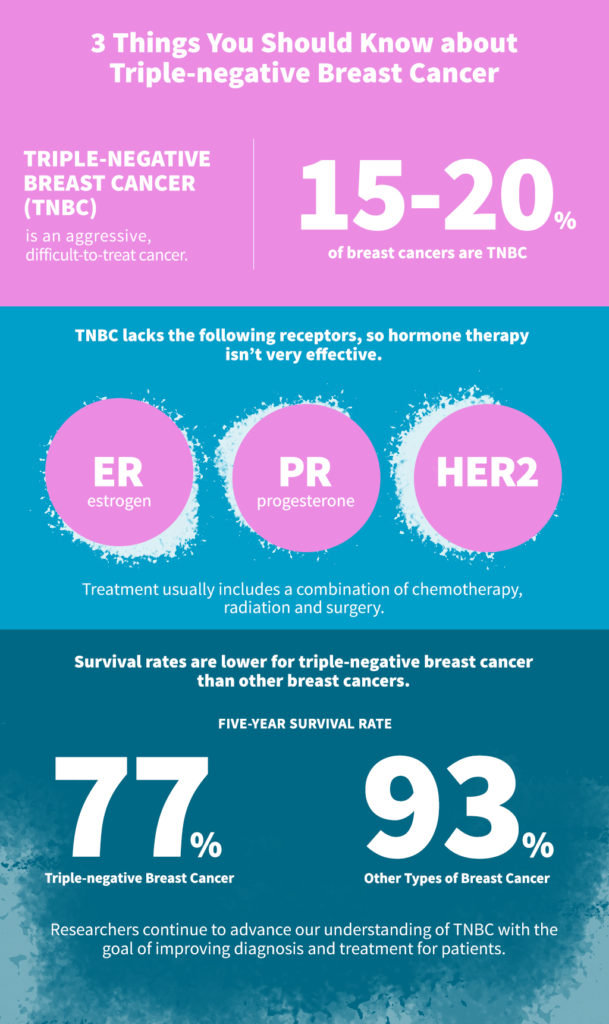Triple Negative Breast Cancer (TNBC) is a subtype of breast cancer characterized by the absence of three receptors commonly associated with fueling cancer growth. This distinct feature poses unique challenges in treatment and underscores the
Triple Negative Breast Cancer (TNBC) is a subtype of breast cancer characterized by the absence of three receptors commonly associated with fueling cancer growth. This distinct feature poses unique challenges in treatment and underscores the importance of early detection and intervention. In this article, we delve into what TNBC is, who is at risk, its prognosis, and the significance of timely medical attention.
When a breast cancer tumor lacks the presence of estrogen receptors (ER), progesterone receptors (PR), and HER-2/neu gene receptors, it is classified as triple negative. This means that conventional treatments targeting these receptors, such as hormone therapy and HER-2 targeted drugs, are ineffective. However, chemotherapy remains a viable option, with TNBC often exhibiting better responsiveness to early-stage chemotherapy compared to other forms of breast cancer.
Who is At Risk?
- Younger women
- African American women
- Hispanic/Latin women
- Women who have BRCA1 mutations
While anyone can develop TNBC, certain factors may increase the likelihood of its occurrence. Research indicates that TNBC is more prevalent among younger women, African American women, Hispanic/Latin women, and those with BRCA1 mutations. Understanding these risk factors can empower individuals to prioritize regular screenings and proactive healthcare measures.
TNBC is known for its aggressiveness and propensity for metastasis and recurrence. The prognosis varies depending on factors such as the cancer stage and tumor grade. Early detection and prompt treatment are crucial in improving outcomes and increasing survival rates for individuals diagnosed with TNBC.
Statistics reveal that approximately 15% of the 180,000 women diagnosed with breast cancer annually have TNBC. Furthermore, younger pre-menopausal women and individuals from ethnic minority groups, including Black, Latina, and Asian women, are disproportionately affected by TNBC. These disparities highlight the importance of tailored awareness campaigns and accessible healthcare resources to address the specific needs of diverse populations.
Early Intervention
Early detection remains the cornerstone of effective TNBC management. Regular breast self-exams, clinical breast examinations, and mammograms can facilitate the timely detection of abnormalities, enabling healthcare providers to initiate appropriate diagnostic tests and treatment strategies promptly. Additionally, raising awareness about TNBC symptoms and risk factors within communities at higher risk can promote proactive health-seeking behaviors and facilitate early intervention.

To Wrap it Up
Triple-Negative Breast Cancer presents unique challenges due to its lack of response to conventional hormone-based treatments. However, early detection coupled with advancements in chemotherapy offers hope for improved outcomes. By understanding the risk factors, being proactive about screenings, and advocating for accessible healthcare, individuals can play a pivotal role in combating TNBC and ultimately saving lives. Together, we can work towards a future where TNBC is not only treatable but preventable through early intervention and comprehensive care.

